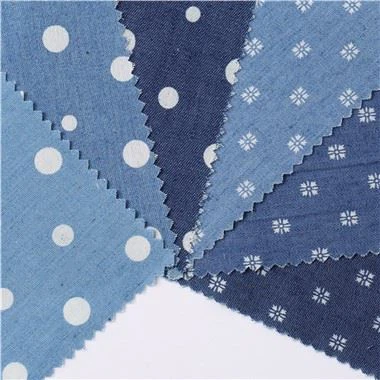What Is The Filling Amount For A Down Jacket To Be Warm Enough?
May 17, 2024
What is filling material?

The filling material inside the down jacket is of course down. Down refers to the part of keratin fibers closest to the surface of a feathered bird, with the best warmth retention and softest texture.
The down is further divided into: white goose down, gray goose down, white duck down, and gray duck down.
There are two differences between them:
1. Color. White can be widely used for light colored fabrics and is not transparent, but the color difference does not have a significant impact on warmth and comfort.
2. goose down and duck down. In fact, goose down is superior to duck down in terms of warmth and comfort, and the price is naturally higher than down jackets filled with duck down.
Overall, goose down is better than duck down mainly due to the following reasons:
Larger velvet: The velvet of goose down is longer, the fluff is larger, and the fluffiness is higher. The higher the fluffiness, the better the quality of the down jacket.
Full velvet: Generally, geese have a growth period of at least 100 days until maturity, while ducks have 40 days, so goose velvet is fuller than duck velvet.
Excellent fluffiness: The feather branches of goose down are evenly distributed with smaller diamond nodes, while the diamond nodes on duck down are larger and concentrated at the end of the small feather branches, so goose down can produce a larger spacing space, better fluffiness, and stronger warmth retention.
Better rebound: Goose feathers have better curvature, are thinner and softer than duck feathers, have better elasticity, and have stronger rebound.
No odor: Geese eat grass, while ducks eat omnivores, so the odor of goose down is much less, and it is basically no odor when handled properly.
Usage time: Goose down has a longer usage time than duck down, with a usage time of over 15 years for goose down and only about 10 years for duck down.
So, in summary, the order of quality and price from high to low is: white goose down>gray goose down>white duck down>gray duck down.
The down jackets we wear are not entirely filled with down, but it is filled with down and feathers in a certain proportion, which leads to an important concept: "down content"
What is down content?
The down content refers to the percentage of down filling in a down jacket. If the down content of a down jacket is 90%, it means that down makes up 90% of the filling, and the remaining 10% is feathers.
Generally speaking, if the down content is less than 50%, it cannot be called a "down jacket". Under the same conditions, the higher the down content, the better the warmth retention, and of course, the higher the price.
Of course, what determines warmth and price is not only the down content, but also the filling amount.
What is filling capacity?
The filling amount actually refers to the weight of all the down feathers filled in a down jacket, which is the weight of the "down" inside the down jacket. It is different from the "down content" mentioned earlier, the former is a proportional value, and the latter is a simple weight value.
It is the key factor that determines the quality and thermal performance of a down jacket under the same conditions (type, fluffiness, filling amount, etc.). The higher the filling amount, the better the thermal performance of the down jacket.
The size of the filling capacity basically determines the purpose of a down jacket. Based on the principle of on-demand selection, we divide down jackets into four levels according to their thermal insulation performance. Of course, this is only a rough division for amateurs.
1. Limit level (between -50 ° and -20 °):
Suitable for special extreme purposes such as climbing snowcapped mountains in the South and North Poles, they are mostly in one piece style, usually with a fluffiness of over 800., The down content is above 300g.
2. Extreme cold level (between -30 ° to -15 °):
Generally, it is a thick version filled with goose down at a fluffiness level of 650-750, with a filling capacity of about 200-300g.
3. Regular level (between -20 ° and -5 °):
The most common level is usually 600-700 fluffiness grade goose down, with a filling capacity of 180-250g, which is also the level of down jacket that many people wear on a daily basis.
4. Mild cold level (between -5 ° and 0 °):
Usually, goose down or duck down with a fluffiness of 600+is used, but the filling amount is small.
Friends may have noticed again, what does the "fluffiness" on it mean? What is its relationship with the warmth retention of down jackets?
What is fluffiness?
Fluffiness, abbreviated as FP, is generally divided into 550FP,600FP,700FP,800FP and 900FP. Whether a down jacket keeps warm or not depends on the value of the fluffiness index.
Down due to its high fluffiness, stores more air in the fiber gaps than other fibers, and the air is non-thermal, the heat emitted by the body cannot escape, thus providing excellent insulation. In terms of warmth retention, the higher the fluffiness, the better. However, generally wearing down jackets with fluffiness levels of 600FP or 700FP is sufficient. In extremely cold areas, down jackets with fluffiness levels of 800FP or 900FP can be worn.
We already know the meaning of filling capacity and down content, so that when we purchasing down jackets in the future, we will be clearer about our purchase needs. If your friends are not sure, remember to share it with them.




